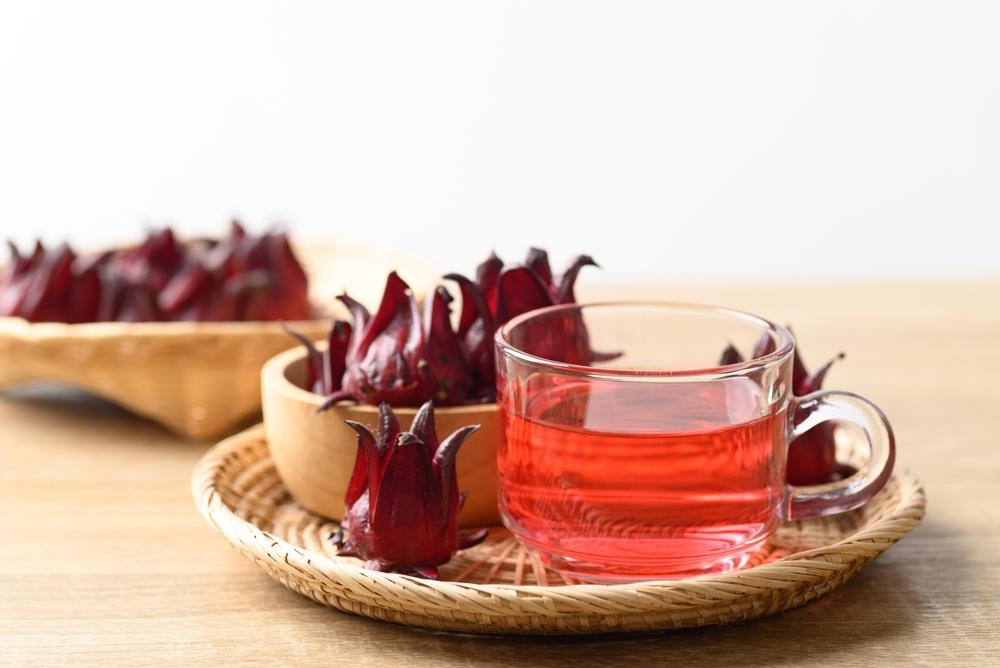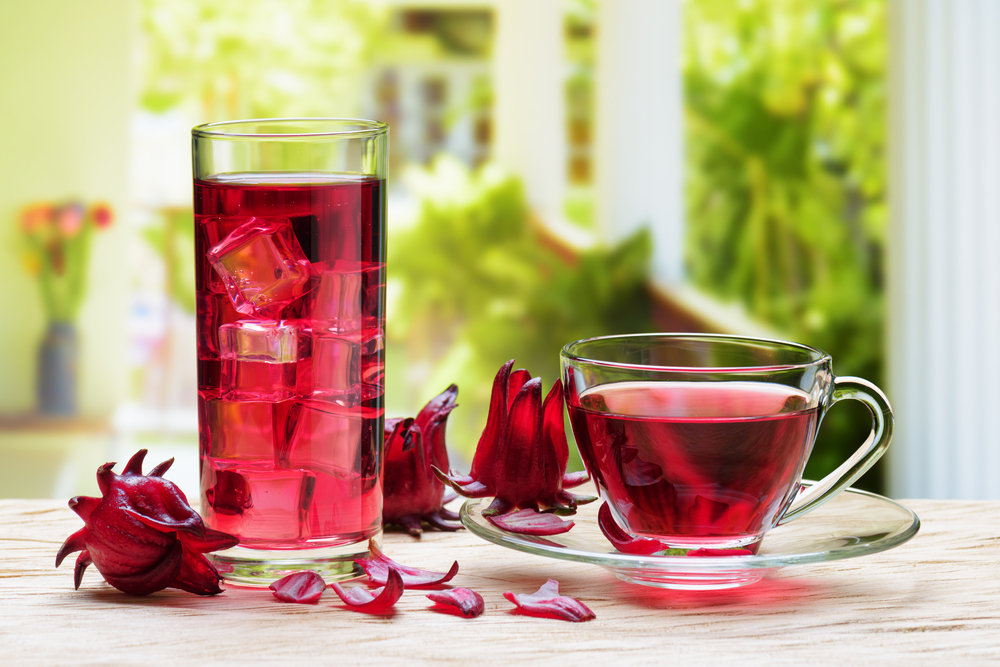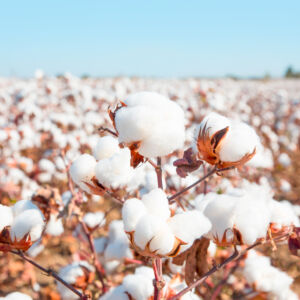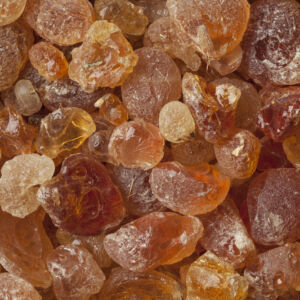Plant Structure:
The shrub has beautiful red flowers and is grown for decoration or production. The part used is the sepals (leaves) that surround the flower and after drying they are either dark or light red.
These dry, red leaves are boiled and their sour-tasting infusion is drunk hot after adding sugar to it, or after cooling and sweetening it as a moisturizer rich in vitamin C.
Infused with hibiscus without boiling it reduces high blood pressure, increases the speed of blood circulation, helps strengthen the heartbeat, and kills microbes, which makes it useful in treating fevers and microbial infections because it is acidic, stimulant, and aids in digestion. However, people with low blood pressure are advised against using it.
It is used as a colored dye in the chemical and cosmetic industries and in the food industries as a natural and healthy colorant. It is also a general stimulant.
Economic importance and uses
A soothing, moisturizing and refreshing drink, helps digestion, diuretic and mild laxative, reduces high blood pressure (if drunk cold or warm), makes sweets (jelly and jams), anti-scurvy, useful in treating fevers, increases lymphocytes and white blood cells, source For organic acids and vitamin C, the seeds are used as animal feed (22% protein), cosmetics, extracting natural dyes (anthocyanins), increasing blood circulation and a heart tonic, and as an ornamental plant in gardens. It helps to lose weight
The economic part used is the oily sepals that form the flower calyx.
Hibiscus drink
As a hot drink: Add a cup of hot water to a teaspoon of sepals after crushing them, sweeten them with sugar or honey, then drink them warm at a rate of 1-2 cups per day.
As a cold drink: The hibiscus drink is not prepared by adding hot water if you want to treat high blood pressure. Rather, the hibiscus is soaked cold in water. In general, it is not preferable to eat hibiscus for people with low blood pressure, and it is not recommended to store prepared hibiscus for more than 24 hours so as not to cause deposition of oxalate salts, which would harm the kidneys.






